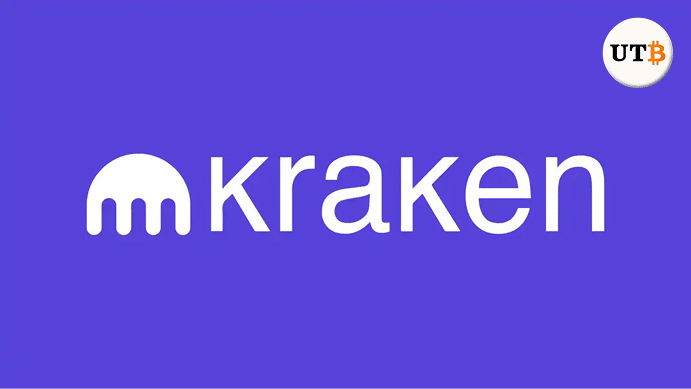Key Takeaways
- The calculator helps you estimate potential profits and losses based on position size, entry price, exit price, and leverage.
- Leveraged Trading on BitMEX involves understanding perpetual contracts, upside/downside profit contracts, funding, and trading fees.
- Key concepts for BitMEX include unrealized and realized profit/loss, liquidation price, and funding fees.
Leveraged trading on BitMEX involves understanding terms like perpetual contracts, funding fees, and profit/loss calculations. BitMEX offers a helpful profit/loss calculator to assist you. Remember, leveraged trading carries risks. Always conduct thorough research before making trading decisions.
Understanding BitMEX’s Profit/Loss Calculator
Accessing the Calculator
- Find the calculator-shaped button in the top right corner of the BitMEX interface, next to the Settings button.
- Click on the calculator button to open it.
Using the Calculator
- The calculator has two main sections: “long” and “short.”
- Three tabs are available: Profit/Loss, Target Price, and Liquidation Price.
- Enter the following details:
- Quantity: The size of your position, including leverage.
- Entry Price: The price at which you opened the trade.
- Exit Price: Your desired exit price.
- Leverage: The multiplier for your position (up to 100x).
- The calculator will automatically display the results, including Profit/Loss, Profit/Loss percentage (ROE), and other relevant metrics.
What Can You Calculate?
- Profit/Loss: Estimate your potential profit or loss based on your position size, entry price, and exit price.
- Target Price: Determine the price to exit to achieve your desired profit.
- Liquidation Price: Calculate the price at which your position will be liquidated due to insufficient margin.
ROE in Leveraged Trading
ROE (Return on Equity) measures your profit relative to your initial investment. For example, with a $100 investment and 10x leverage, your total position size becomes $1000. If the asset’s price increases by 10%, your profit would be $100, resulting in a 100% ROE.
Using ROE to Set Target Prices
Calculating your desired ROE and knowing your initial investment allows you to use the BitMEX calculator to determine the target price. This helps you set realistic profit goals based on risk tolerance and desired returns.
How to use the Target Price Calculator
The Target Price calculator on BitMEX helps you determine the price to exit a trade to achieve your desired Return on Equity (ROE). Simply enter your desired profit and initial investment into the calculator, and it will calculate the corresponding target price. This tool is valuable for setting realistic profit goals and managing your trades effectively.
Liquidation Price on BitMEX
The liquidation price is when your position will be automatically closed due to insufficient margin. It’s influenced by factors like the number of contracts you’re trading, the entry price, and your leverage. To move the liquidation price further away, reduce the number of contracts or lower your leverage. Remember, liquidation can result in the loss of your entire margin.
Understanding Profit and Loss on BitMEX
To illustrate how the BitMEX Profit/Loss calculator works, let’s explore real-world examples of Perpetual Contracts, Upside Profit Contracts, and Downside Profit Contracts.
Perpetual contracts
Perpetual contracts involve understanding unrealized and realized profit/loss. Unrealized PNL is calculated based on the current mark price, while realized the selling price determines PNL. For example, if you long 1,000 XBTUSD contracts at $1,000 and the current mark price is $1,250, your unrealized profit is 0.20 XBT. If you sell 500 contracts at $1,500, your realized PNL would be 0.17 XBT. Remember, the mark price is the theoretical price for buying or selling contracts.
Upside Profit Contract
Upside profit contracts involve buying contracts with a specific upside target. In the example, buying 100 XBT7D_U110 contracts at 0.03 XBT with a current price of 0.05 XBT would result in an unrealized profit of 2 XBT. Selling 50 of these contracts at 0.05 XBT would realize a profit of 1 XBT. Unrealized PNL is based on the current price, while realized PNL is based on the selling price.
Downside Profit Contract
Downside profit contracts profit when the underlying asset’s price decreases. For example, buying 50 XBT7D_D90 contracts at 0.02 XBT with a current price of 0.04 XBT would result in an unrealized profit of 1 XBT. Selling 25 of these contracts at 0.04 XBT would realize a profit of 0.5 XBT. Remember, unrealized PNL is based on the current price, while realized PNL is based on the selling price.
Funding Fees on BitMEX
BitMEX supports Perpetual Contracts, similar to Futures Contracts, but lacks an expiration date. These contracts involve funding fees that are periodically paid between buyers and sellers.
Trading Fees and Realized PNL
Trading fees are calculated based on your realized PNL. For example, if you buy XBTUSD and the market remains unchanged, your unrealized PNL would be zero. However, you’d still experience a realized PNL due to the taker fee paid when you bought XBTUSD.
Final Thoughts
Leveraged trading on BitMEX involves understanding perpetual contracts, upside/downside profit contracts, funding, and trading fees. BitMEX’s profit/loss calculator helps you assess potential outcomes. Leveraged trading carries risks, so always conduct thorough research before trading.
Check out these related articles.























